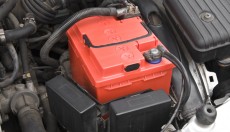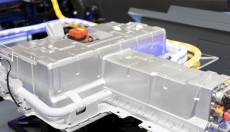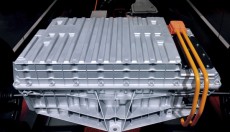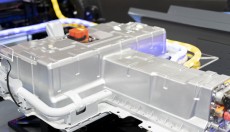With U.S. trade policy in flux, new tariffs continue to reshape the automotive landscape. On April 3, a 25% tariff on all light-vehicle imports, from all countries, comes into effect, and reprieve for USMCA-compliant vehicle imports ends. However, CBU tariff will be based on value of vehicle less the value of any US-sourced content. Additionally, starting May 3, a 25% tariff on automotive parts comes into force. For USMCA-compliant vehicles, tariff will be based on
value of vehicle less the val...
AutoTechInsight




























































